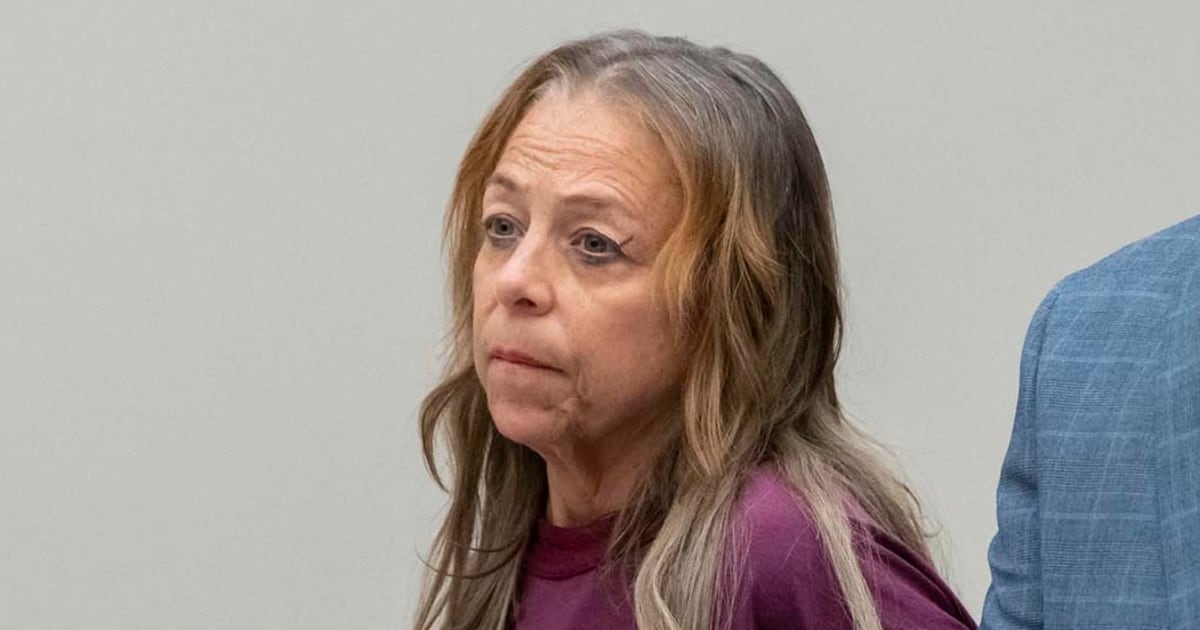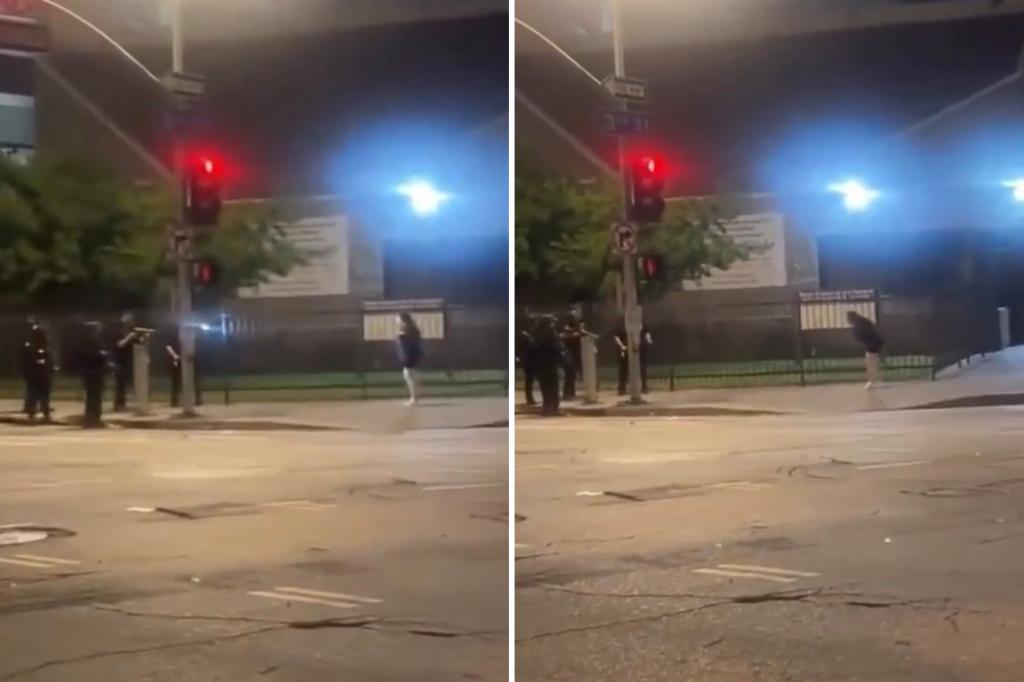Decades in Captivity: The Shocking Case of a Connecticut Stepmother
The case of a Connecticut woman accused of holding her stepson captive for decades has sent shockwaves through the community and raised critical questions about justice and family dynamics. As the legal proceedings unfold, the implications of this harrowing situation compel us to reflect on the nature of familial relationships, the role of law enforcement, and the complexities of mental health. This article delves into the details of this shocking case, the broader societal context, and what it means for all parties involved.
Unraveling the Allegations
The allegations against the Connecticut stepmother are both disturbing and complex. Reports indicate that she allegedly kept her stepson confined in their home, subjecting him to abusive and neglectful conditions over an extended period. The details reveal a troubling narrative of isolation and control, with the victim reportedly experiencing severe emotional and physical distress.
According to court documents, the victim, who is now an adult, managed to escape his situation and report the abuse. His testimony has been instrumental in bringing the case to light, and as the stepmother awaits trial, the legal system is tasked with determining the truth behind these allegations. The gravity of these charges—stemming from potential violations of human rights and abuse of power—has led to widespread public interest and concern.
The Role of the Legal System
As the case progresses, the legal system faces significant challenges in addressing the nuances of this shocking situation. The court has mandated electronic monitoring during the stepmother’s bail period, a decision that raises questions about public safety and the rights of the accused. Critics argue that this measure may not be sufficient given the severity of the allegations, while supporters contend that everyone deserves the presumption of innocence until proven guilty.
- Electronic Monitoring: This measure is designed to ensure that the accused does not pose a risk to the community or the victim. However, it also highlights the complexities involved in balancing justice with personal freedoms.
- Public Perception: The public reaction to the case has been intense, with many expressing outrage at the alleged treatment of the victim. This outcry can influence the legal process, as juries and judges may feel the weight of societal expectations.
- Victim Support: The legal system is also tasked with ensuring that the victim receives adequate support and resources as he navigates the aftermath of his traumatic experiences.
Family Dynamics and Abuse
This shocking case invites us to examine the dynamics of family relationships and how they can sometimes turn toxic. The notion of a stepmother as a caregiver is often idealized, but in reality, family structures can be fraught with tension and conflict. In this instance, the alleged abuse underscores the darker side of familial relationships, where power imbalances can lead to horrific outcomes.
Understanding the psychological aspects of such situations is crucial. Experts in family therapy and psychology suggest that abusive dynamics often stem from deeper issues, including:
- Control and Power: Abusers may exert control over their victims as a way to cope with their insecurities or past traumas.
- Isolation: Victims are often cut off from support systems, making it difficult for them to seek help or escape their situation.
- Cyclical Patterns: Abuse can perpetuate itself across generations, as victims may become perpetrators or choose partners who replicate their experiences.
The Impact on the Victim
The psychological and emotional impact of this case on the victim cannot be overstated. Survivors of prolonged abuse often face a myriad of challenges, including:
- Post-Traumatic Stress Disorder (PTSD): Many victims experience flashbacks, anxiety, and depression as a result of their trauma.
- Trust Issues: Developing healthy relationships can be difficult for survivors who have experienced betrayal by someone they should have been able to trust.
- Reintegration Challenges: Adjusting to life outside of an abusive environment can be overwhelming, requiring immense support and resources.
Community Response and Support Systems
The Connecticut community has rallied around the victim, with various support systems and organizations stepping up to offer assistance. Advocacy groups focused on domestic violence and victim rights are crucial in this context, providing resources such as counseling, legal aid, and safe housing options for those affected by abuse.
Moreover, public awareness campaigns play a vital role in educating communities about the signs of abuse and the importance of intervention. When people are informed and vigilant, they can help prevent situations like this from escalating. Community members are encouraged to:
- Recognize the Signs: Familiarize themselves with the indicators of abuse, including isolation, fear of authority figures, and sudden changes in behavior.
- Offer Support: Create a safe environment for victims to share their experiences and seek help.
- Engage with Local Resources: Familiarize themselves with local shelters, hotlines, and counseling services that can provide immediate assistance.
Conclusion
The shocking case of the Connecticut stepmother illuminates the complex interplay of familial relationships, abuse, and the legal system. As the trial approaches, it is imperative for society to not only seek justice for the victim but also to engage in broader conversations about the nature of abuse and the importance of support systems. By fostering awareness and understanding, communities can work together to prevent such tragedies from occurring in the future.
Ultimately, this case serves as a reminder that while justice must be served, compassion and support for all involved—especially the victim—should remain at the forefront of our collective efforts.
See more CNET 247



